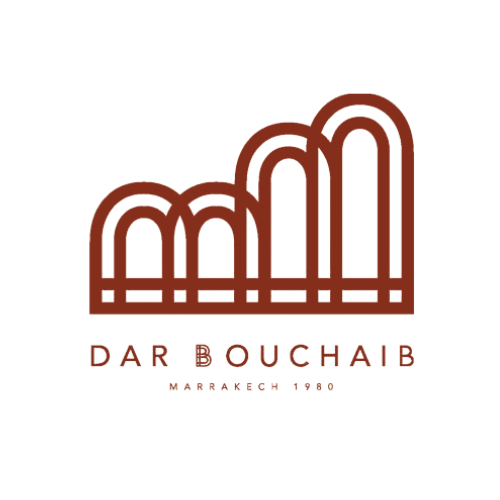Berber Moroccan rugs are a type of handwoven rug made by the Berber people, who are indigenous to North Africa, specifically Morocco, Algeria, Tunisia, Libya, and Egypt. These rugs are known for their unique and intricate designs, as well as their durability and warmth.
Here are some key things to know about Berber Moroccan rugs:
-
Materials: Berber Moroccan rugs are traditionally made with natural materials such as wool, camel hair, and silk. The wool used is typically from the sheep that are raised by the Berber people in the Atlas Mountains.
-
Designs: Berber Moroccan rugs are known for their geometric designs, which often include diamond shapes, triangles, and zigzag patterns. The designs are often symbolic and have cultural and historical significance to the Berber people.
-
Colors: The colors used in Berber Moroccan rugs are typically earthy and natural, such as browns, grays, and whites, although some rugs may include brighter colors such as reds, yellows, and blues.
-
Weaving techniques: Berber Moroccan rugs are handwoven using a variety of techniques, including the knotted pile technique, the flat weave technique, and the embroidery technique.
-
Uses: Berber Moroccan rugs are versatile and can be used for a variety of purposes, including as floor coverings, wall hangings, and even as clothing.
-
Care: To care for a Berber Moroccan rug, it's important to avoid exposing it to direct sunlight and to clean it regularly using a vacuum or a broom. Spills should be blotted up immediately to prevent staining.
-
History: Berber Moroccan rugs have a long and rich history, dating back to ancient times when the Berber people first began weaving rugs to protect themselves from the harsh desert climate. These rugs were originally made for practical purposes, such as providing warmth and insulation, but they quickly evolved into an important cultural art form.
-
Symbolism: The designs of Berber Moroccan rugs often have symbolic meaning, reflecting the culture and history of the Berber people. For example, some designs may represent fertility, protection, or the four elements of nature.
-
Regions: Different regions of Morocco are known for producing different styles of Berber Moroccan rugs. For example, the Beni Ourain people, who live in the Atlas Mountains, are famous for their thick, shaggy rugs with minimalist designs, while the Azilal region is known for its colorful rugs with intricate geometric patterns.
-
Modern influences: While Berber Moroccan rugs have a long and traditional history, they have also been influenced by modern design trends. Today, you can find Berber Moroccan rugs with contemporary patterns and colors, making them a popular choice for modern home decor.
-
Sustainability: Berber Moroccan rugs are often considered a sustainable choice for home decor, as they are made from natural materials and are typically handwoven using traditional techniques. This helps to support the local economy and preserve the cultural heritage of the Berber people.
-
Authenticity: When purchasing a Berber Moroccan rug, it's important to look for authentic, handmade rugs that have been produced by the Berber people. Unfortunately, there are many imitations on the market, so it's important to do your research and buy from a reputable seller.
Overall, Berber Moroccan rugs are a beautiful and culturally significant art form that continues to be popular around the world. Whether you're interested in traditional or modern designs, a Berber Moroccan rug can add warmth, texture, and style to any space.

